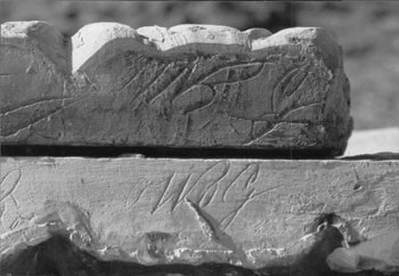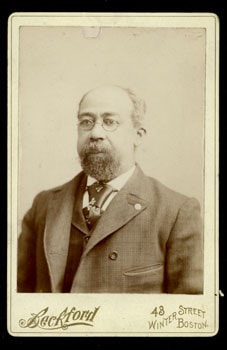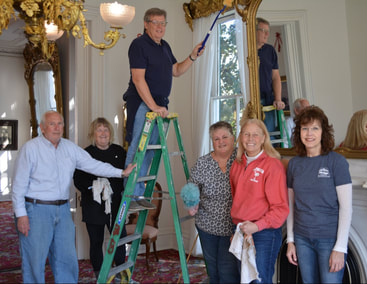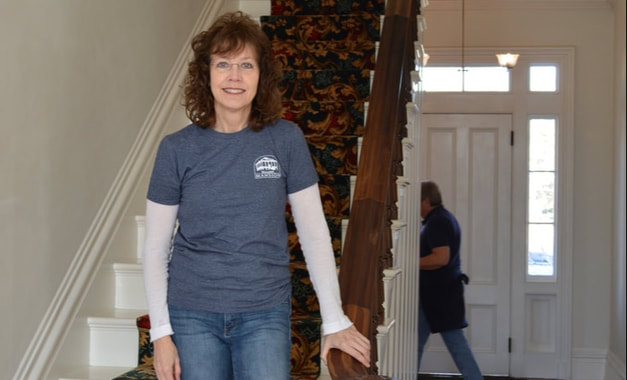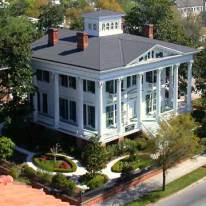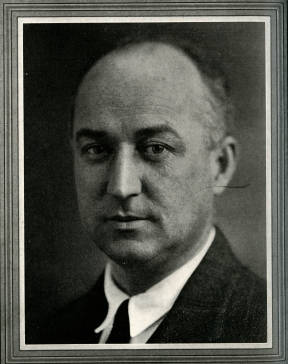 Emmett Bellamy, undated portrait
Emmett Bellamy, undated portrait Emmett H. Bellamy was born in Wilmington on February 12, 1891, to John Dillard Bellamy, Jr. and Emma May Hargrove. Bellamy attended the University of North Carolina at Chapel Hill and received his law degree from Columbia University. Additionally, Bellamy served in the military during World War I and was honorably discharged with the rank of First Lieutenant.
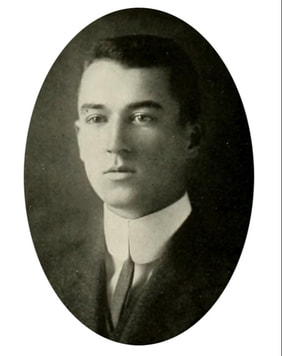 Bellamy during college, 1912
Bellamy during college, 1912
At the time of his murder, Bellamy had retired from politics and was practicing law in Charlotte. During police questioning, Bellamy's murderer, Albert Reinhart, was quoted as saying he was “incensed” at Bellamy over the handling of his case. Reinhart, a hotel owner from Myrtle Beach, South Carolina, traveled to Charlotte to "show down" with Bellamy regarding the real estate deal in which he believed Bellamy had "taken advantage of" his elderly mother.
Emmett Bellamy is buried alongside his wife, Lillian Frances Maxwell, in Oakdale Cemetery in Wilmington, North Carolina.
http://politicalgraveyard.com/families/19514.html
http://cdm16072.contentdm.oclc.org/cdm/ref/collection/p16072coll5/id/334/
Written by Bellamy Mansion intern and UNCW English major, Sydney Simmons

